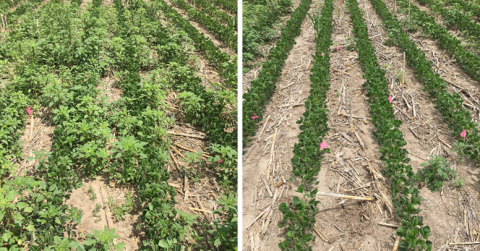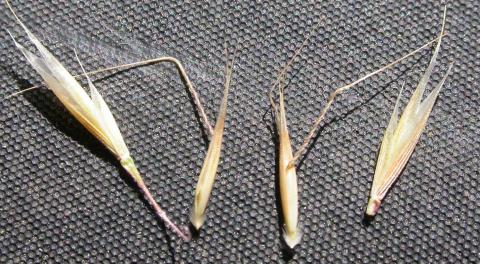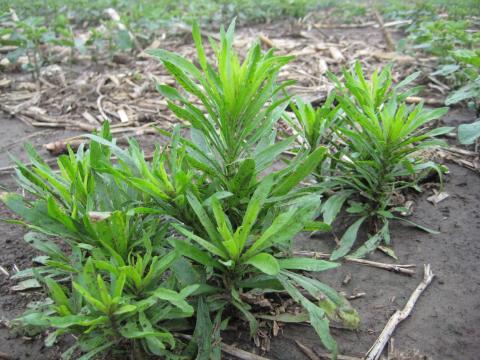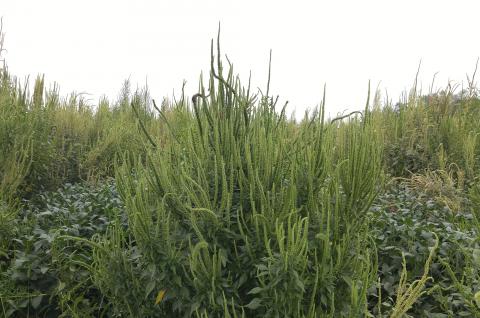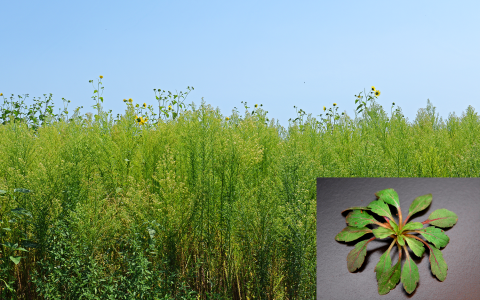Planting Interval of Corn and Soybean after 2,4-D/ Dicamba Burndown Application
April 7, 2017
With cold, wet conditions in March, many producers may be facing a smaller than expected window for making their herbicide burndown applications in April. This makes timely applications now even more important to provide for a proper interval before planting this year.
Keys to Managing Herbicide Resistance in Soybeans
April 6, 2017
Are last year's weed escapes still haunting you? Applying these six key management practices and five key timings can help you improve control of herbicide-resistant weeds this year.
Watching for Ventenata — an Invasive Weed on our Western Horizon
April 5, 2017
Ventenata is an invasive grass in Wyoming that is slowly spreading east. If it does migrate to Nebraska, early detection and rapid response will be essential in controlling its establishment. If it were to become established in the Pine Ridge area or Sandhills, it could devastate the ecology and range production.
Status of Herbicide-Resistant Weeds in Nebraska
March 20, 2017
Nine weed species in Nebraska have now evolved resistance to at least one group of herbicides. Six weed species — common ragweed, common waterhemp, marestail, kochia, giant ragweed, and Palmer amaranth — have confirmed resistance to glyphosate. Rotate herbicide sites of action and weed control practice to avoid contributing to this trend.
Glyphosate-Resistant Palmer Amaranth Confirmed in South-Central Nebraska
March 15, 2017
Palmer amaranth (Amaranthus palmeri S. Wats.) is a C4 dioecious species (separate male and female plants) native to the southwestern United States.
Detecting Invasive Species: Medusahead
March 10, 2017
Growers are encourage to watch for Medusahead, an invasive weed species that is now in Wyoming and moving eastward. If it reaches the Pine Ridge area or Sandhills, it could cause devastating damage to the ecology and range production. The concept of early detection and rapid response, as described here, will be important to its containment.
When is a Good Time to Scout and Control Glyphosate-Resistant Marestail?
March 8, 2017
Marestail, also known as horseweed or Canada fleabane, is a winter or summer annual weed in Nebraska. Historically, marestail was found in waste area, field edges, along roadsides, and railway tracks; however, no-till crop production systems over the last 20 years favor marestail germination and establishment in agronomic crops in Nebraska.

